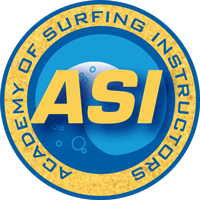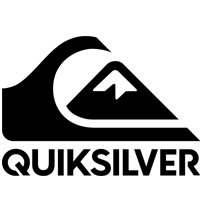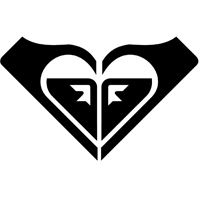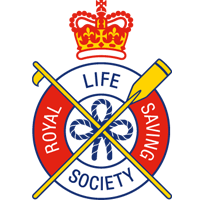When you’re fairly new to the game of surfing choosing that crucial first surfboard can be a bit of a minefield. If you’ve had some lessons, loved it and are happy going out in the sea on your own, the time has come to invest in the hobby that will bring you joy and possibly spirit-crushing frustration in equal measure for a lifetime.
Unlike pretty much any other sport, like tennis, archery which requires a bow case, the gym or even fishing, there are no monthly/yearly fees to pay. All you need for surfing is a surfboard with a leash and a wetsuit (or just a board if you live somewhere with warm water).
The ocean is free to use, year round and the world over, mostly. Plus, it’s a constant challenge and source of fun whatever your surfing ability. That’s the beauty of surfing waves, no two sessions are ever the same!
The question is, which surfboard should you choose? I’ve covered the question of which wetsuit to buy here, but which surfboard is the best one for you to invest that hard earned cash in?
Beginner Level
You are happy in the white wash paddling and catching white water waves and can manage to stand up and surf towards the beach (some of the time).
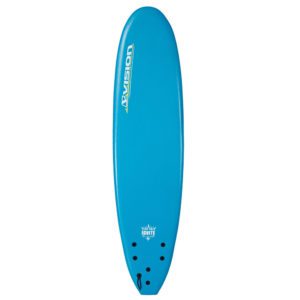
The board for you is a long, wide foam board or a foam board with a slick bottom. When you fall off, which you will do a lot, it won’t hurt you or others around you and it won’t do serious damage unlike a fibreglass board, which hurts a lot. For women between 7’6 to 8ft long boards are recommended. For men then 8ft to 9ft is the way to go. They each should be at least 20” wide, preferably over 22”.
For kids, with youth, flexibility and agility on their side a board somewhere between 6ft and 7’6” long and over 20″ wide is about right.
These foam surfboards are also the most stable for you to practise your pop up in the tumultuous white water. Think of it like standing on a large, wide door or raft rather than a skinny, sinkable lolly stick. And, once you are paddling out past the white water you have progressed up a level. Hooray!
For foam surfboards (softboards) to buy click here.
Beginner – Intermediate Level
You can paddle out past the white water beyond the breakers and sit on your board competently (another learning curve).
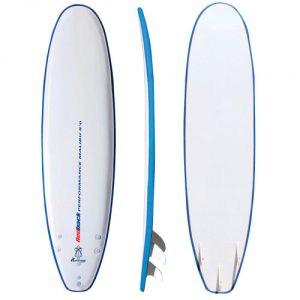
You are able to paddle and catch green waves and are starting to trim along the face. The board you should look to buy is a foam top with a slick bottom. These boards have shaped rails for turning ability. Once you are able to turn right and left and start doing top and bottom turns, you have progressed up a level. Hooray!
For foam top, slick bottom surfboards click here.
Intermediate Level
You have no problem paddling out beyond the whitewater in waves up to 3-4ft and can catch green waves, trimming along and going left or right. You can eskimo roll or duck dive the surfboard.
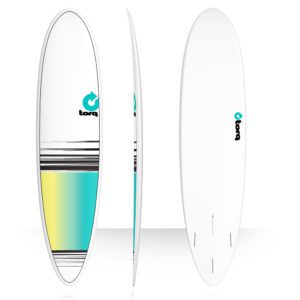
Now you will need a funboard or minimal with shaped rails and hard fins for turning ability and generating speed. Once you are performing linked surfing manoeuvres then you have progressed up a level. Hooray!
For funboards or minimal surfboards click here.
Intermediate – Advanced Level
Going out in 4-5ft or bigger surf is comfortable for you. Duck diving or eskimo rolling your board through or under the white water to get to the breaking waves is no problem. You can go right or left on a green wave. You can perform top and bottom turns and cutbacks.
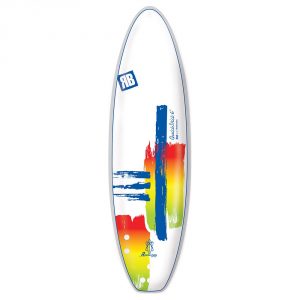
You can kick out off a wave safely. The board you now need is a performance shortboard or fish. Shorter than beginner boards they range from around 5-6.6ft length. Tapered from nose to tail, shaped rails and with a certain amount of curve or rocker (for getting into hollow waves).
Shapes for these types of surfboard vary enormously and there’s been an explosion of shapes in recent years. Generally speaking, a pintail or swallowtail works well. A board with a good amount of volume to catch smaller waves and a thruster set up (3 fins) for
drive
and speed out of the turns. Some of you may argue with this, given the huge variety out there, but that’s what has always worked for me anyway.
For performance short boards, fins and board accessories click here.
Elite Advanced Level
Once you can start doing airs and all kinds of surfing manoeuvres I know nothing about, then you have surpassed most of us grovel riders out there and arrived at the elite level. Hooray! Time to get that sponsorship deal.
In summary
If you are a beginner or haven’t been surfing long then go for a foamy or foam top, slick bottom board. If you are able to surf green waves and trim along the face go for a foam top, slick bottom board, a minimal or fun board. If you can perform surf manoeuvres like cutbacks and top and bottom turns then go for a shortboard. If you can perform an air, you don’t need my advice!









